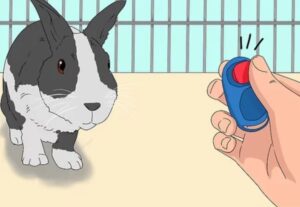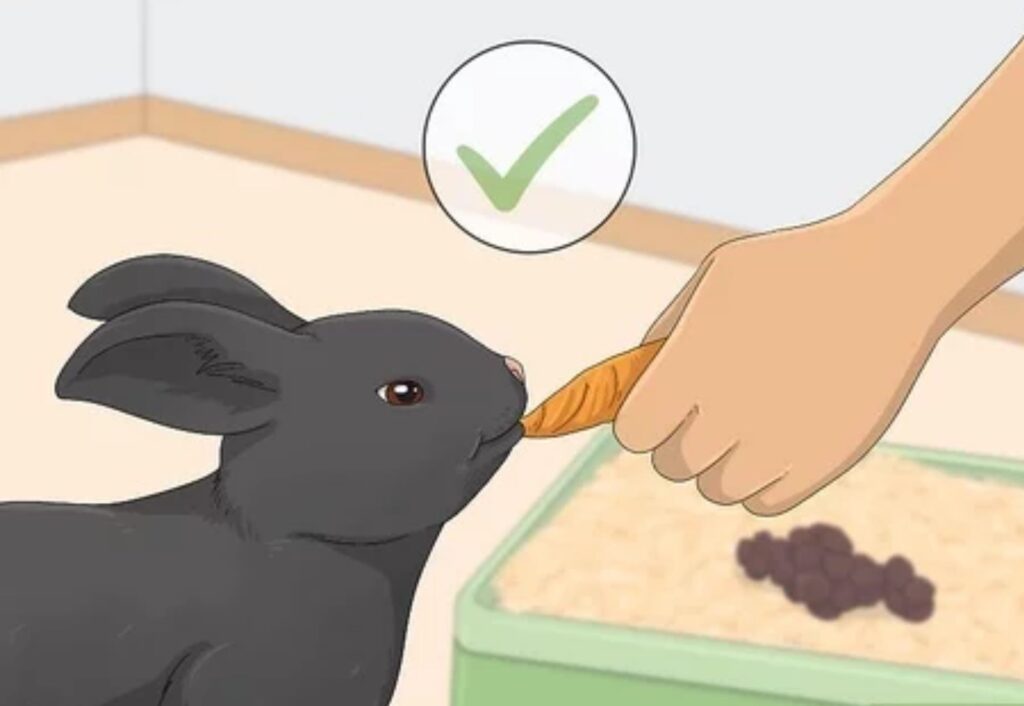Teaching a rabbit to be a repair technician may sound like a whimsical idea, but it’s an imaginative way to explore the boundaries of animal training and cognitive development. While rabbits are not typically known for their mechanical skills, this guide will provide a detailed approach to training your rabbit for this unique role. From understanding rabbit behavior to employing effective training techniques, this comprehensive guide will cover everything you need to know.
Link Domain https://javanet247.com/
Understanding Rabbit Behavior

Before embarking on this extraordinary training journey, it’s essential to understand the natural behavior and cognitive abilities of rabbits. Rabbits are intelligent animals capable of learning through positive reinforcement. They are social, curious, and can be motivated by food rewards, which are crucial factors in training.
- Curiosity: Rabbits are naturally curious creatures. This trait can be harnessed to introduce them to new objects and tools, gradually associating them with the concept of repair work.
- Reinforcement: Positive reinforcement, such as treats and praise, is effective in encouraging desired behaviors. Rabbits respond well to rewards, making it an essential part of the training process.
- Short Attention Spans: Rabbits have relatively short attention spans, so training sessions should be brief and engaging to keep them focused.
Preparing the Training Environment
Creating an appropriate training environment is crucial for success. Here’s how to set up the ideal space:
- Safety First: Ensure the training area is safe and free from hazards. Remove any small or sharp objects that could potentially harm your rabbit.
- Introduce Tools Gradually: Use small, rabbit-safe tools or mock tools that resemble real repair equipment. Familiarize your rabbit with these items slowly, allowing them to explore and interact with them in a non-threatening way.
- Set Up a Training Space: Create a designated training area with comfortable flooring and adequate lighting. A quiet, distraction-free environment will help your rabbit focus better.
Training Techniques

Training a rabbit to be a repair technician involves patience, consistency, and positive reinforcement. Follow these steps to guide your rabbit through the learning process:
- Start with Basic Commands: Begin by teaching basic commands such as “come,” “sit,” and “paw” to establish a foundation for more complex tasks. Use treats and praise to reinforce these commands.
- Introduce Tools: Gradually introduce the rabbit to repair tools. Start with simple objects like a small wrench or screwdriver. Encourage the rabbit to touch or interact with these items using positive reinforcement.
- Simulate Repair Tasks: Set up simple repair tasks that involve the rabbit interacting with objects, such as turning a knob or pushing a button. Reward the rabbit for making contact with the tools or performing the desired action.
- Break Down Tasks: Break down repair tasks into smaller, manageable steps. For example, if teaching the rabbit to turn a screw, first reward them for touching the screwdriver, then for holding it, and finally for turning it.
- Use Target Training: Employ target training by using a small, movable target to guide the rabbit to different repair tasks. This method helps the rabbit understand where to focus their efforts.
- Gradual Progression: Increase the complexity of tasks gradually. As the rabbit becomes more proficient, introduce more challenging activities, such as assembling or disassembling simple objects.
- Consistency is Key: Maintain a consistent training schedule and use the same commands and rewards. Consistency helps the rabbit understand what is expected and reinforces learning.
Training Tips

- Be Patient: Training a rabbit takes time. Don’t be discouraged by slow progress. Keep sessions short and enjoyable to maintain the rabbit’s interest and motivation.
- Use High-Value Rewards: Offer treats that your rabbit loves to encourage engagement and enthusiasm during training. Carrots, lettuce, or small pieces of fruit can be effective rewards.
- Observe Reactions: Pay attention to the rabbit’s reactions and adjust your approach as needed. If the rabbit seems stressed or disinterested, simplify the task or take a break.
- Avoid Overloading: Don’t overwhelm your rabbit with too many tasks at once. Focus on one skill at a time and gradually build up their abilities.
Safety Considerations
Training a rabbit involves handling and interacting with them in ways that could potentially cause stress or discomfort. Keep the following safety considerations in mind:
- Gentle Handling: Handle your rabbit gently to avoid causing fear or anxiety. Rough handling can negatively impact the rabbit’s willingness to participate in training.
- Monitor Health: Regularly check your rabbit’s health and well-being. If you notice any signs of illness or distress, consult a veterinarian experienced with rabbits.
- Safe Environment: Ensure that the training environment remains safe and free from any hazards. Avoid using tools or objects that could potentially harm the rabbit.
Conclusion
External link: art.htmlhttps:/jetluxury.techarmz.com/transformed-celebrity-
Teaching a rabbit to be a repair technician is an imaginative and fun way to engage with your pet while exploring their cognitive abilities. By understanding rabbit behavior, preparing a suitable training environment, and employing effective training techniques, you can successfully guide your rabbit through this unique learning process.
Remember that patience, consistency, and positive reinforcement are essential for successful training. Respect your rabbit’s limits and ensure their safety throughout the training process. With dedication and creativity, you and your rabbit can enjoy the benefits of this extraordinary skill, making the journey enjoyable and rewarding for both of you

